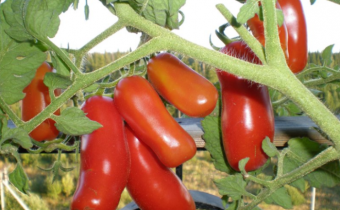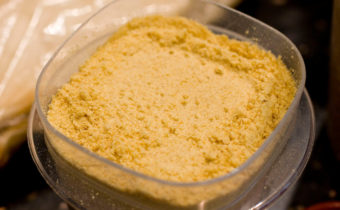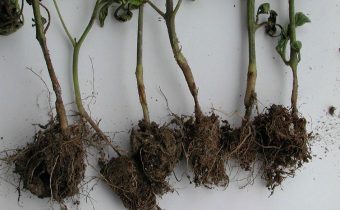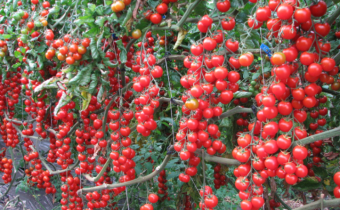Phytotoxicity of the soil and its effect on tomatoes
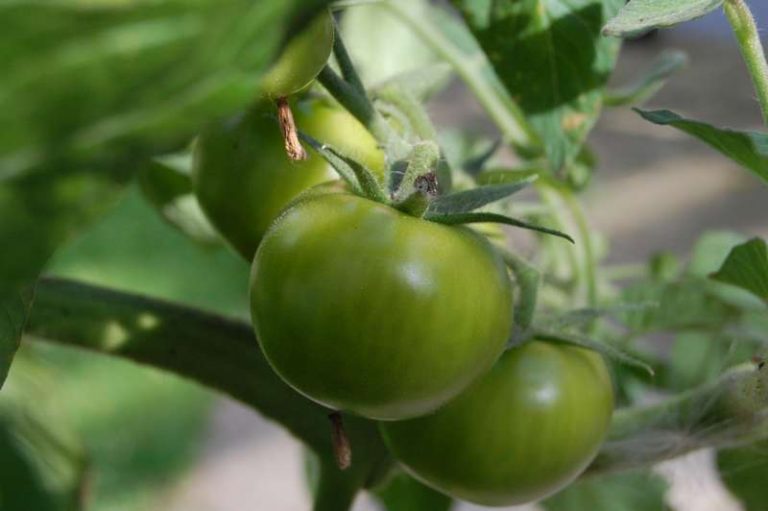
The correct composition of the soil is important for the successful development of vegetable crops. Phytotoxicity of the soil adversely affects any vegetables, so it is advisable to closely monitor fertilizers, the correct application of fertilizers. Only in this case, the effect on tomatoes of toxic soil will be successfully prevented.
Why phytotoxicity of the soil
In most cases, an excessive amount of mineral elements leads to phytotoxicity. Tomatoes need additional nutrition, but it needs to be added correctly for the successful development of the crop. Otherwise, there are risks of death of tomatoes.
The increased content of ions in the soil is associated with the specificity of the dissolution of nutrients in acidic conditions. The adverse effects of aluminum and manganese are usually noted.
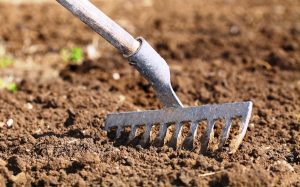 Sometimes wastewater adversely affects soil composition. It is advisable to prevent the occurrence of lead, cadmium, mercury.
Sometimes wastewater adversely affects soil composition. It is advisable to prevent the occurrence of lead, cadmium, mercury.
Sodium is also dangerous for tomatoes. This component in moderate quantities is useful, but with an excessive amount violates the correct growth, degrades the quality.
Toxicity is also associated with alkalinity. To maintain an optimal alkaline balance, it is recommended to introduce substances containing lime in itself. It is desirable that the soil remains neutral (figure should be 6.5).
Signs of toxic effects of soil on tomatoes
Phytotoxicity of the soil involves a change in properties. Usually this leads to improper use of pesticides, fertilizers. Nutritional components initially have a positive effect, then - depressing and even poisoning.
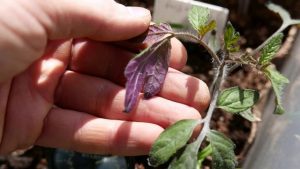 The main manifestations of tomato associated with toxic poisoning components:
The main manifestations of tomato associated with toxic poisoning components:
- leaves turn a deep purple hue;
- the plant gradually dries;
- defeat goes bottom-up.
Such changes indicate a violation of the norms of adding fertilizer mixtures. In the presence of substances in the soil that adversely affect the plant, deterioration of the future harvest is noted.
Principles of treatment
Toxic soil contamination leads to various diseases of tomatoes. The initial task is to define the disease, as the approach to treatment will be different. A favorable result can only be expected if the composition of the soil is improved and the optimum temperature and humidity are maintained.
Usually, antibacterial preparations containing microorganisms are used in the treatment. Sometimes ground fungi are used to protect plants from harmful effects.
In difficult cases, only strong systemic fungicides that penetrate deep into plants will help.
Contact action preparations often become ineffective, since they do not penetrate deep into the tissues and remain on the surface, therefore they do not show the desired effect. Folk remedies also do not always help. Therefore, the treatment requires the use of agrotechnical drugs, to improve the composition of the soil.
Preventive measures
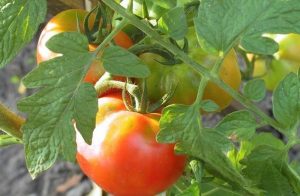 Successful cultivation of tomatoes is associated with the proper organization of land work.
Successful cultivation of tomatoes is associated with the proper organization of land work.
- Drainage work is carried out regularly. The main task is to lower the ground level. To do this, use drainage structures, water intake structures.
- The plots are washed in compliance with the established norms for these procedures.
- Plowing the land is always carried out across the slope when available. Proper processing provides a complete assimilation of nutrients in tomatoes.
- Vegetables when sown regularly alternate. This is due to the correct sowing season, protection from parasites and diseases.
- Plants that have a positive effect on crop development are planted on the site.
- Pesticides that affect not only the soil, but also developing plants, are used only at the beginning of the growth of tomatoes. Subsequently, refuse to use chemicals that are dangerous to pests. Folk methods are often helpful. For example, a ladybug feeds on aphids, various insects that are pests. Herbivorous insects are traditionally used for weed control. Regular use of pesticides is not permissible.
Prevention of phytotoxic soil contamination provides for a comprehensive restoration of site characteristics. Regular activities will positively affect the composition of the soil: the plants will receive nutrients and develop properly, the harvest will be rich and beneficial.


